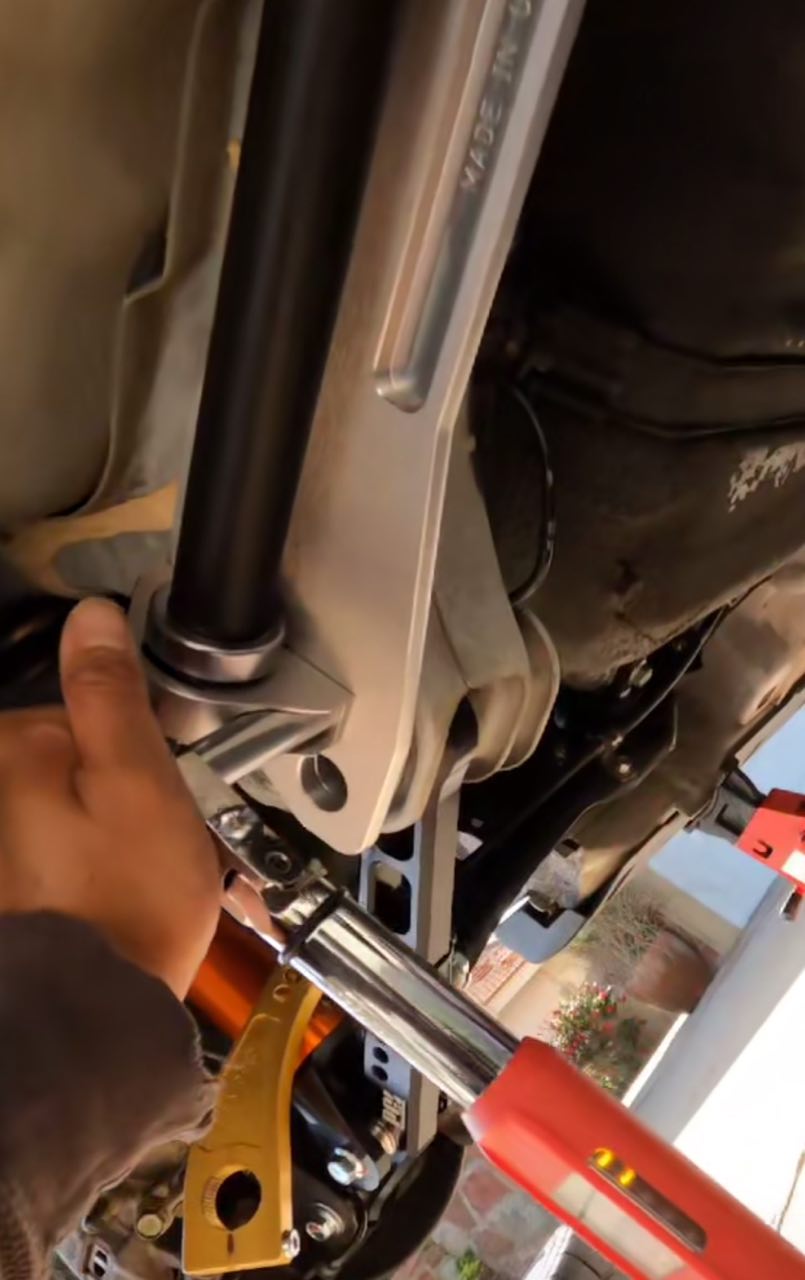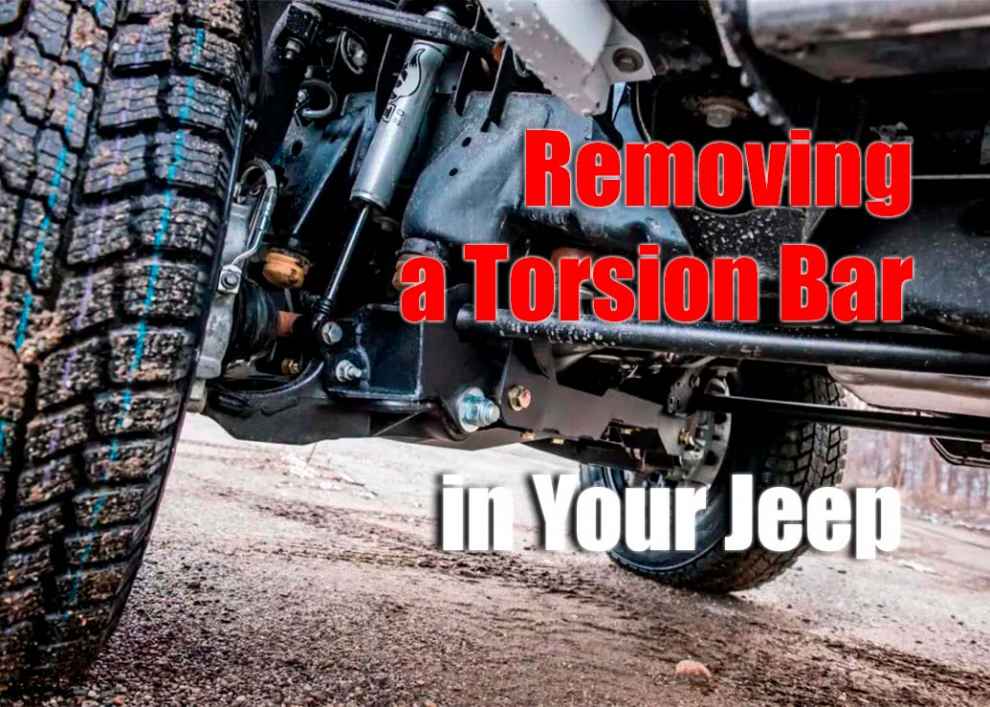The torsion bar on many Jeep models serves an important purpose in maintaining the vehicle’s suspension. They provide a smooth ride by absorbing bumps and uneven terrain, but when they become damaged or worn out, they can become a nuisance and must be replaced. If you own a Jeep and need to remove its torsion bar, this article is for you! Here, we will walk you through removing a torsion bar from your Jeep, including what tools you need and how to take it out safely. Additionally, we will explore how proper maintenance can extend the lifespan of your torsion bars. Following these steps ensures your Jeep’s suspension system stays healthy and functioning properly for years.
Removing a Torsion Bar
Once you have gathered all your tools, it’s time to start removing the torsion bar in your Jeep. Before beginning this process, ensuring your vehicle is securely jacked up and resting safely on jack stands is important.
-
Jacking Up Your Vehicle: The first step in removing the torsion bar is to safely jack up your vehicle so that it’s off the ground and securely supported by jack stands. Make sure not to place them too close together or too far apart; they should be positioned evenly for maximum stability when working underneath your Jeep. After jacking up your car, use wheel chocks on both sides of each tire to keep it from moving while working underneath it.
-
Draining Antifreeze and Disconnecting Alignment Cams: Drain the antifreeze from your engine block into an appropriate container and disconnect any alignment cams connected to the torsion bar. It will allow for easier access when unbolting the brackets below later in this process and provide more room when fitting new components into place after reinstalling everything else later downline!
-
Unbolting Brackets and Lower Sway Bar Linkage: The next step is to unbolt any brackets or other components connected directly to the torsion bar and lower sway bar linkages, if applicable, before beginning the torsion bar removal process. It will help to free up space for the new components when reinstalling later down the line, as well as make the entire process of removing the torsion bar much easier.
-
Removing the Old Torsion Bar: Once all components are disconnected from the torsion bar, remove them from your Jeep’s suspension system. The first step is to loosen and remove any bolts or screws holding it slowly. Once they have been removed, carefully slide out the old torsion bar while taking special care not to damage any of its surrounding components during removal or throughout this entire process!
Installing the New Torsion Bar

Tips for Maintaining Your Vehicle’s Torsion Bar
Once your new torsion bar has been installed, it’s important to properly maintain it to continue providing you with a smooth ride. It includes regularly checking its bolts and screws for any signs of wear or damage; if they appear loose, then tighten them accordingly. Additionally, lubricate all components connected to the torsion bar and its mounting points to help extend its life span and keep everything running smoothly. Lastly, remember that the torsion bar is an important part of your vehicle’s suspension system; if you are experiencing severe vibrations or shaking in your Jeep, it may be time to replace it entirely.
Conclusion
Removing and installing a torsion bar in your Jeep is an important part of its suspension system, and it can be done successfully with the right tools, knowledge, and safety precautions. Be sure to jack up your vehicle securely on jack stands before attempting to remove the torsion bar, drain antifreeze from your engine block, and unbolt any brackets or lower sway bar linkages connected to the torsion bar. When reinstalling a new torsion bar, accurately measure both ends to fit it into place before tightening all bolts and screws accordingly. Lastly, remember to regularly check for any signs of wear or damage and lubricate all components connected to the torsion bar to keep everything running smoothly.

 Jacking Up Your Vehicle: The first step in removing the torsion bar is to safely jack up your vehicle so that it’s off the ground and securely supported by jack stands. Make sure not to place them too close together or too far apart; they should be positioned evenly for maximum stability when working underneath your Jeep. After jacking up your car, use wheel chocks on both sides of each tire to keep it from moving while working underneath it.
Jacking Up Your Vehicle: The first step in removing the torsion bar is to safely jack up your vehicle so that it’s off the ground and securely supported by jack stands. Make sure not to place them too close together or too far apart; they should be positioned evenly for maximum stability when working underneath your Jeep. After jacking up your car, use wheel chocks on both sides of each tire to keep it from moving while working underneath it.
Add Comment